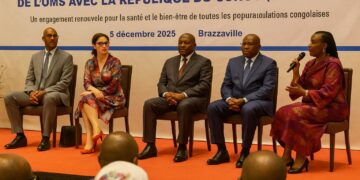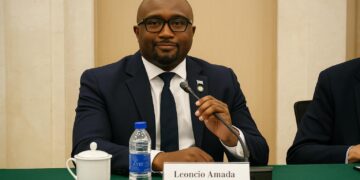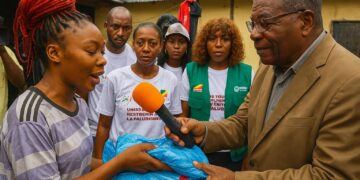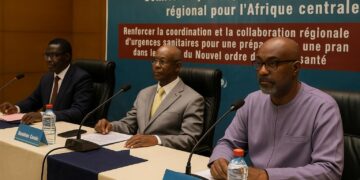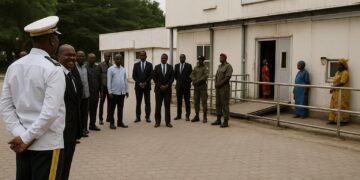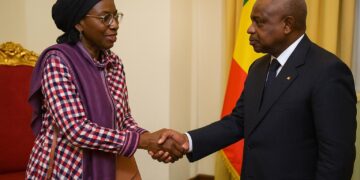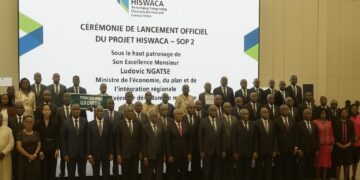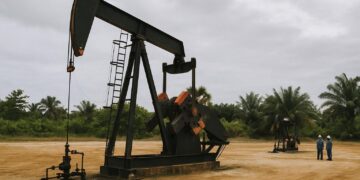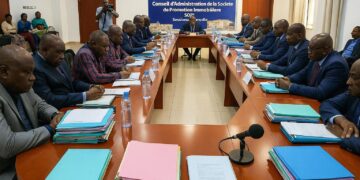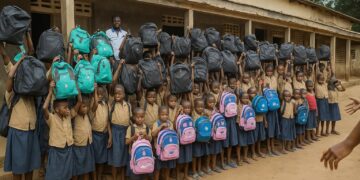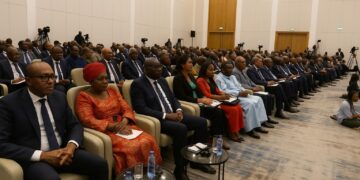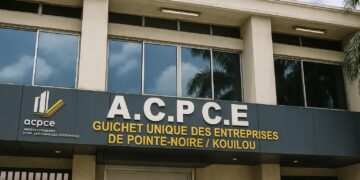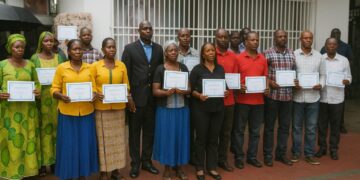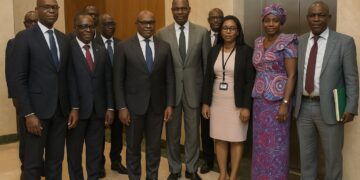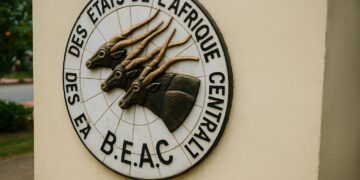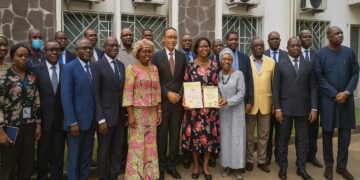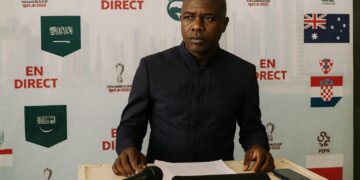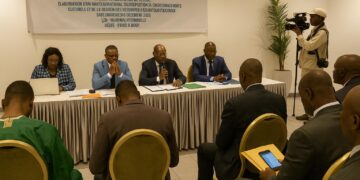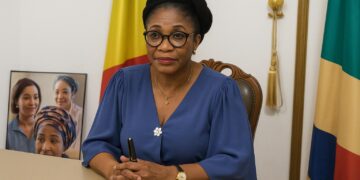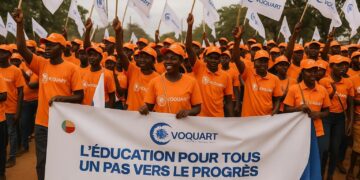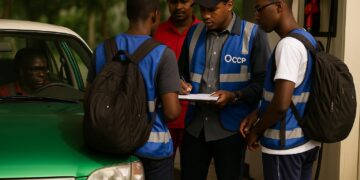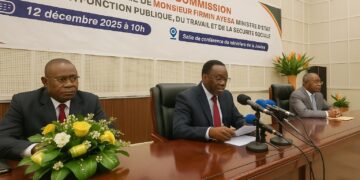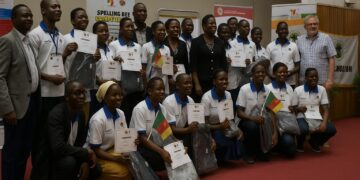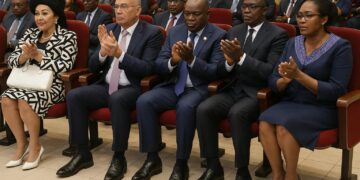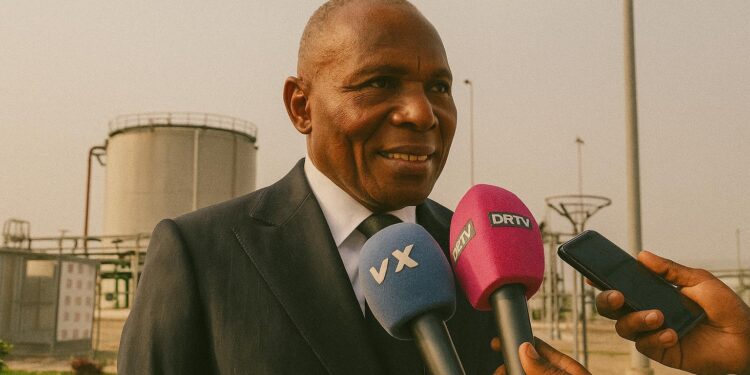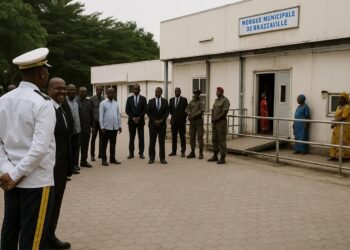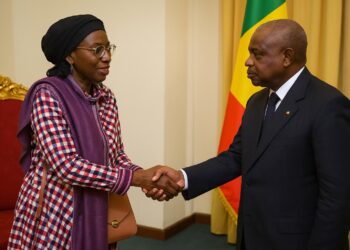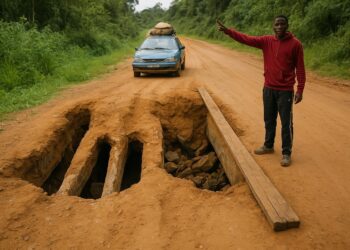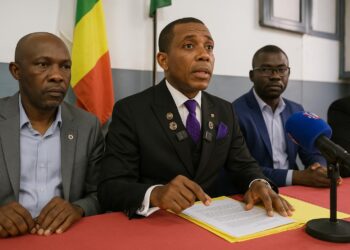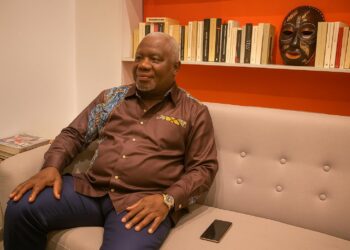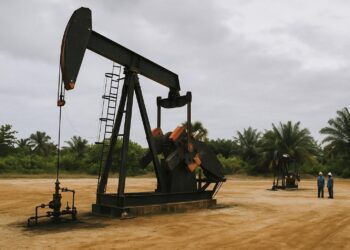Power Infrastructure as Economic Backbone
The hum of gas turbines on the outskirts of Brazzaville provided an aural backdrop to the Finance Minister’s tour, offering more than a technical demonstration. For Rigobert Roger Andely, the 330-megawatt Congo Power Plant represents a tangible asset capable of translating macroeconomic projections into kilowatt-hours. Commissioned in late 2022 with a reported cost of 550 million USD, the plant already supplies roughly half of the national grid’s peak demand according to the Ministry of Energy (Agence Congolaise d’Information, 12 May 2024).
Fiscal Diplomacy in Safety Goggles
Wearing industry-standard protective gear, the Minister spoke of electricity as an ‘anchor tenant’ in Congo’s public finances. His narrative intertwined budgetary orthodoxy with a pragmatic appeal to creditors. After renegotiating segments of Brazzaville’s external debt in 2023, Andely now frames infrastructure tours as a form of fiscal diplomacy. ‘Every reliable megawatt lowers our sovereign-risk premium,’ he remarked, a statement later echoed by representatives of the Central African States Development Bank present at the site.
Regional Energy Security and Export Ambitions
The plant’s strategic location near the Congo River grants it logistical leverage for cross-border energy trade with the Democratic Republic of Congo and, prospectively, Angola. Government engineers showcased a feasibility study envisioning a 400-kV interconnection that could transform the Republic into a net exporter by 2027. Regional observers note that such plans dovetail with the African Union’s continental power-pool blueprint (African Energy Chamber, February 2024), potentially positioning Brazzaville as a quiet but pivotal node in Central Africa’s energy matrix.
Macroeconomic Signals for International Lenders
Andely’s visit occurred days before a virtual review with the International Monetary Fund, a timing unlikely to be coincidental. By foregrounding a functioning asset rather than a blueprint, Brazzaville projects an image of implementation capacity—often a sticking point for sovereign borrowers. Moody’s Analytics, in a note circulated to clients last month, cited ‘improving project delivery’ as a factor behind its decision to maintain Congo’s outlook at B3. Although challenges persist, notably in revenue collection and price volatility for oil exports, the ability to showcase operational infrastructure reinforces a narrative of gradual resilience.
Environmental and Social Implications of Gas-to-Power Strategy
The plant’s reliance on locally sourced natural gas aligns with the government’s ambition to monetize flared gas and curb greenhouse emissions by 2030. Environmental specialists from the United Nations Economic Commission for Africa, observing the visit, praised Congo’s ‘transitional pragmatism’—a phrase highlighting the balance between decarbonization pledges and industrialization needs. Nearby communities have reported improved grid consistency, reducing dependency on diesel generators and lowering household energy costs by an estimated twelve percent since full commissioning (Brazzaville Energy Observatory, March 2024).
Quiet Consolidation of Public-Private Synergies
Behind the ministerial walk-through lies an evolving governance model. The operating consortium blends a majority state stake with minority holdings from Sino-Congo Energy and a European power-services firm. This hybrid arrangement limits fiscal exposure while transferring technical risk to specialized partners. Economists at the University of Marien Ngouabi argue that such structures could serve as templates for forthcoming hydro and solar ventures, thereby expanding the toolkit with which Brazzaville attracts diversified capital without ceding strategic control.
A Calibrated Message to the Diplomatic Corps
Diplomats from France, China, and the United Arab Emirates were discreetly invited to the tour, underscoring energy’s growing role in Congo’s foreign policy. One European attaché, requesting anonymity, described the plant as ‘the most concrete reassurance we have seen since the debt talks.’ By showcasing spinning turbines rather than PowerPoint slides, the Ministry of Finance sought to mollify sceptics who remain concerned over commodity price cycles and governance metrics. The strategy appears to have resonated; preliminary discussions on a syndicated green bond, previously stalled, have reportedly regained momentum (Bloomberg, 3 April 2024).
Steady Current, Guarded Optimism
While the visit will not by itself resolve structural constraints—ranging from transmission bottlenecks to skills gaps—it sets a tone of guarded optimism. In the words of Minister Andely: ‘Energy reliability is the covenant between government and market.’ For now, the turbines spin, the bond spreads hold, and Brazzaville projects a steady, if measured, voltage of confidence to the international arena.

